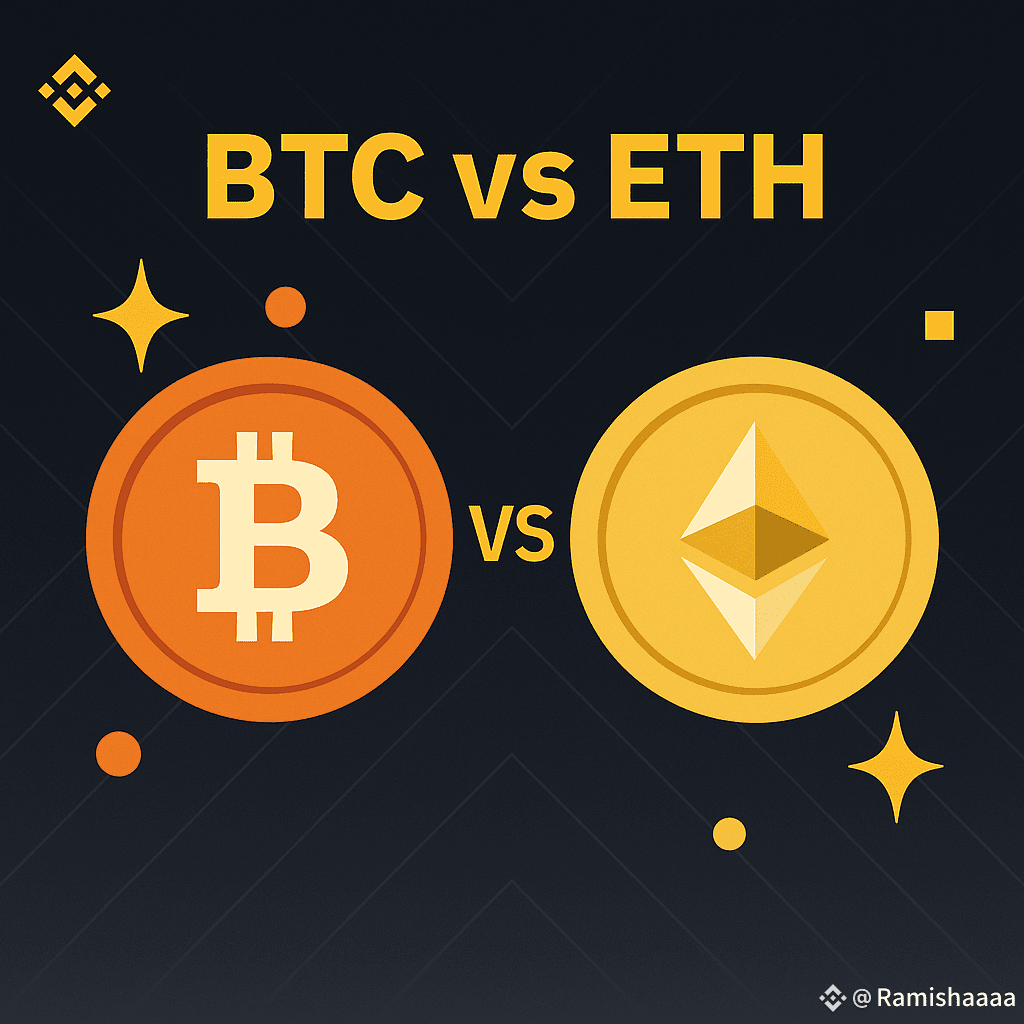BTC$BTC vs ETH$ETH in 2025: Titans of Crypto Face Off
Step into the electrifying universe of cryptocurrencies continues to evolve rapidly, and two of the most prominent players—Bitcoin (BTC) and Ethereum (ETH)—remain at the forefront of both investor attention and technological innovation. While both cryptocurrencies share similarities as decentralized, blockchain-based digital assets, their core philosophies, use cases, and future trajectories differ significantly. In this comprehensive 2100-word article, we’ll explore BTC and ETH across multiple dimensions: historical development, underlying technology, economic models, utility, market performance, institutional adoption, and what lies ahead in 2025 and beyond.
Origins and Philosophy;
Bitcoin (BTC): The Digital Gold
Bitcoin was launched in 2009 by the pseudonymous creator Satoshi Nakamoto. Designed as a peer-to-peer digital cash system, Bitcoin's primary objective is to serve as a decentralized alternative to fiat currencies, especially as a store of value resistant to inflation and government control. Its fixed supply of 21 million coins reinforces its scarcity narrative, drawing comparisons to gold.
Ethereum (ETH): The Decentralized Computer
Ethereum, introduced in 2015 by Vitalik Buterin and others, expanded on the concept of decentralized networks by enabling programmable contracts (smart contracts) to run on its blockchain. Unlike Bitcoin’s singular focus on being a currency or store of value, Ethereum aims to be a global computing platform that supports decentralized applications (dApps), DeFi protocols, NFTs, and DAOs.

The Bitcoin vs Ethereum debate should not necessarily imply a winner-takes-all scenario. Instead, they serve distinct purposes and can coexist as complementary assets.
Stay bullish, stay informed—and stay secure.